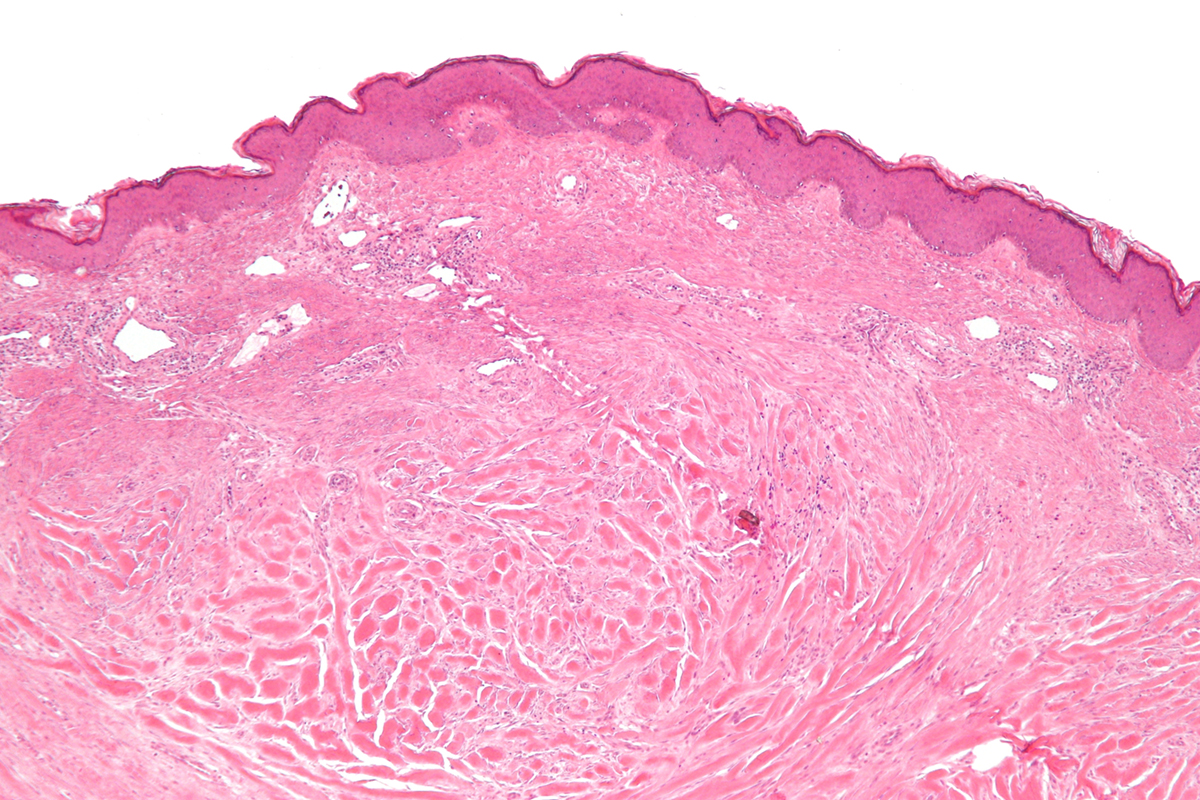
Keloids - General Information
A keloid is an abnormal scar which occurs as a result of an overgrowth of granulation tissue. It forms at the site of a healed skin injury. These skin changes are rather firm, rubbery, fibrous nodules. The color of keloids varies and they may be flesh-colored or even red and dark brown. Keloids are benign masses and they are most commonly an aesthetic problem. In small number of patients keloids actually cause pain and itchiness. Still, in severe form of the disease the patients may complain about problems with movement of the affected skin.
Both genders can be affected by keloids. However, women are more prone to these skin changes. Highly pigmentated people including people of African descent are at increased risk of developing keloids.
Treatment for Keloids
There are several treatment modalities applied in patients suffering from keloids. Unfortunately, none of them is utterly efficient. Some treatment modalities are more effective than others, but in the end the keloid can be only reduced in size. It cannot be eliminated entirely.
A variety of scar-reducing cream and gels are used in treatment for keloids. They act like moisturizers. Some of them are based on the silicone. Furthermore, creams with onion extracts are highly efficient against kelioids. Hexilak Mederma as well as Contratubex is administered in patients suffering from burns and acne but they are also very effective in reduction of scars. Mild form of keloids may be treated with home remedies such as the liquid extracted from grapefruit seed. Still, this is not a permanent solution.
Another option for kelodis is scar-reducing dressing. These dressings are made of silicone gel and are placed over the scar. They are supposed to be worn for a few weeks without interruption. They may be rather effective in reduction of the size and the general appearance of the keloid.
Compression is one more solution and it is applied to the scar for several months (6 - 12 months).
In some patients reduction in size of the keloid may be obtained after injection of corticosteroids. These medications reduce the swelling and prevent excessive production of the scar tissue.
Surgical treatment for keloids is not so effective since the keloids tend to reoccur in up to 50% of all patients. Furthermore, the secondary scar is even much bigger than the first one. The surgery may be only effective if it is followed by intralesional injections and covering of the scar with a silicone scar sheet.
Laser treatment may be effective in making the scar less visible. The laser makes the surface of the scar smoother. This treatment is not convenient for bulky keloids.
And finally, there are several more medications which are now being studied. They are normally used in treatment for certain cancers but may be potentially effective in removal of keloids. They include alphainterpheron, 5-fluorouracil and belomycin.


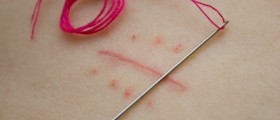

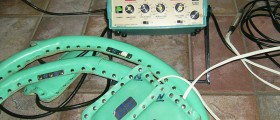

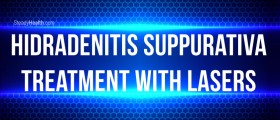





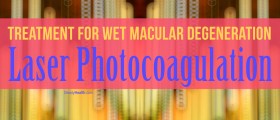

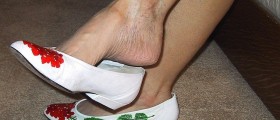


Your thoughts on this
Loading...